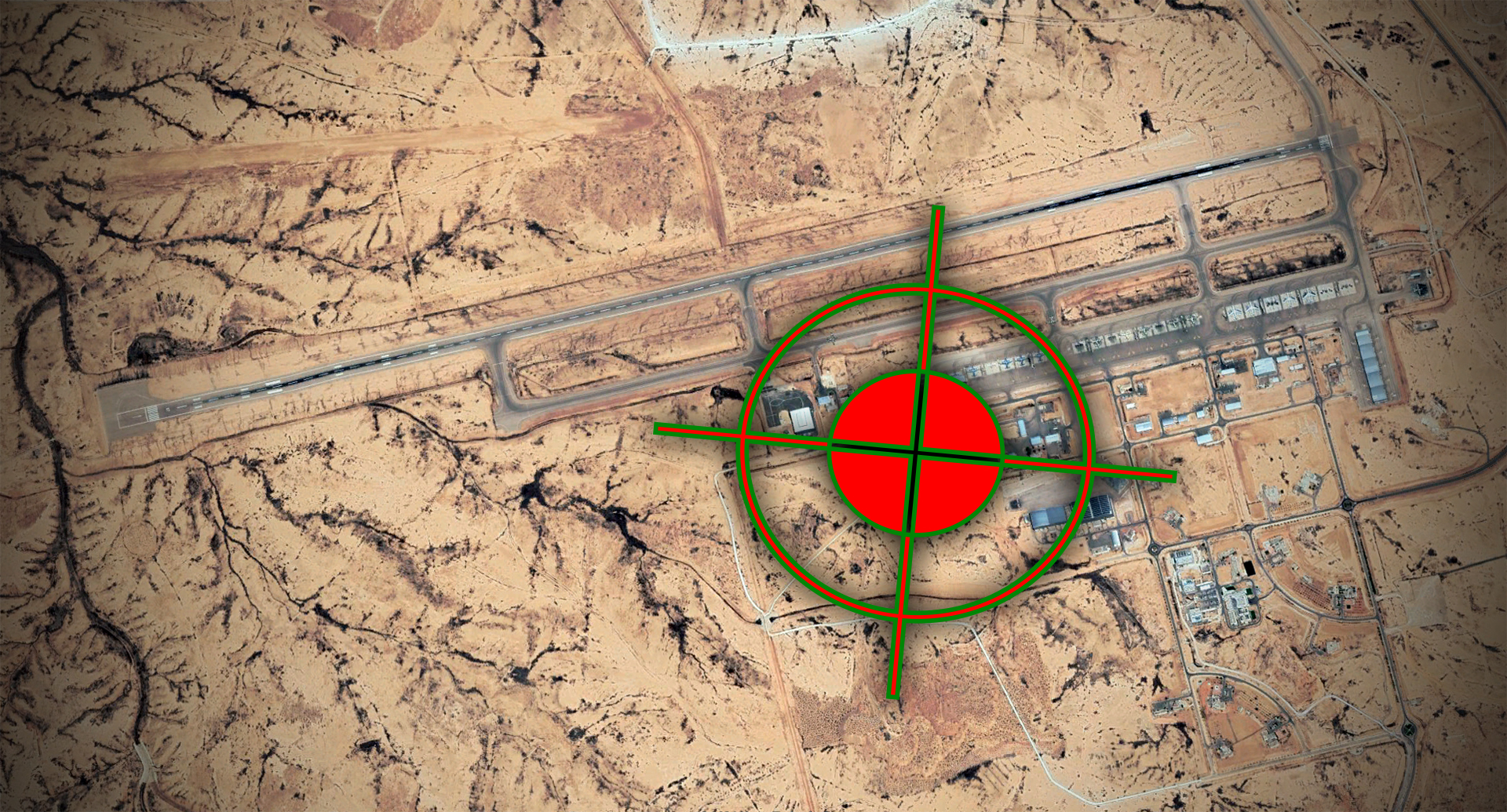The worry, now, for Israel is not only that Iran can strike its territory, but also that it’s increasing the number of missiles in its inventory, enhancing their accuracy and hardening them to countermeasures, making them an even greater threat. Also, such a large real-world use like this latest attack provides critical data to Iran on how to improve these already rapidly developing long-range strike systems.
Clearer Picture Of Damage To Israeli Airbase From Iranian Ballistic Missiles EmergesSatellite images of Israel’s Nevatim Air Base reveal details of the level of destruction Iran achieved in its ballistic missile barrage on October 1 but also fail to provide any evidence to back up claims from Tehran about the destruction of Israeli Air Force F-35I Adir stealth fighters. You can read our initial report of the Iranian attacks here, as well as an account of how the U.S. Navy helped defeat some of the incoming missiles here.
Of the around 180 ballistic missiles — including ones of notably advanced design — launched by Iran earlier this week, a significant number landed in Israel, succeeding in overwhelming the country’s extensive anti-ballistic missile umbrella. This is in contrast to the Iranian attacks in April, during which only very few missiles — mainly of older design — managed to leak through. In that attack, long-range one-way attack drones were also layered into the attack. This time it was strictly a ballistic missile affair, which makes sense considering the poor performance of the drones.
Iran claimed that the missiles in the latest attack were directed at key Israeli military facilities including the Mossad headquarters, air defense radars, and two key air bases: Nevatim and Tel Nof. This is exactly the target set we posited would be chosen for such an attack.
- So far, equivalent imagery from Tel Nof Air Base has not become available.
- Partial cloud cover has limited the output of high-resolution imagery since the strike. Israel has claimed that its air operations were not impacted by the strikes.
Make sure to read Eveleth’s full analysis here.
What’s not entirely clear is what exactly Iran was targeting at Nevatim Air Base and whether the warheads that impacted there were intended to hit specific hangars, buildings, or other particular points and failed to do so. Eveleth does note some impact ‘clustering’ around areas including revetments and fighter hangars, though this isn’t conclusive. Still, one hangar was clearly destroyed.
A view of the open flightline for the base’s larger residents on a normal day:
In his analysis of what the latest missile barrage against Nevatim Air Base actually achieved, Eveleth concludes that the answer is “not much.”
“Most of the impact zones either missed entirely or simply hit the taxiways around the base, most of which has now been repaired. They did score some hits on one refueling aircraft hangar and a couple buildings,” he continues.
A support building at the southern end of the base certainly was hit, destroying a part of it, while another building on the eastern side of the base was also hit, and shows signs of likely heavy damage. There is also a closely grouped number of impacts around an aircraft storage area, although these aircraft are parked in the open, suggesting they may be no longer active.
As for the highly prized F-35s — 20 of which were destroyed, according to some Iranian reports — the damage here seems to be largely limited to some craters adjacent to a row of shelters that house the aircraft, although its possible limited damage to concealed airframes did occur.

Even if more warheads had hit the shelters and detonated, there’s a high probability the majority of the F-35s would have survived anyway, since they were almost certainly airborne in advance of the missile attack. On the evening of the strikes, almost all Israeli Air Force tankers were airborne off the coast, suggesting they were involved in topping up combat aircraft that had scrambled from their bases. F-35s would have been prioritized assets for tanker support in order to save them from potential destruction on the ground. Of all the aircraft Iran would target, they would be at the top of the list as they pose the most threat to the regime and are highly prized by the IAF.
Looking at Nevatim Air Base overall, there is good news and bad, as far as Israel is concerned.
The base took a lot of hits, which suggests that Israel’s ballistic missile defenses were, at least to some degree, overwhelmed. This is not all that surprising.
- As we pointed out repeatedly after the first attack in April, the next one would use new tactics, with oversaturating missile defenses and focusing on a small number of large area military targets in remote locations —airbases especially — being likely the foundations for a future attack plan.

- It’s always possible Iran could intentionally have chosen target areas, not specific structures or objects, to go after in order to decrease the likelihood of a major counter-attack while still accomplishing their propaganda goals at home and throughout the Middle East. Still, this seems like a less likely possibility.
- Israel will almost certainly have also employed electronic warfare, such as GPS disruption and “left of launch” tactics to degrade Iran’s ballistic missile capabilities via non-kinetic means
- It could also simply be that, on this occasion, Nevatim Air Base — and Israel — did indeed get lucky.
Contact the author: thomas@thewarzone.com



.webp)
No comments:
Post a Comment